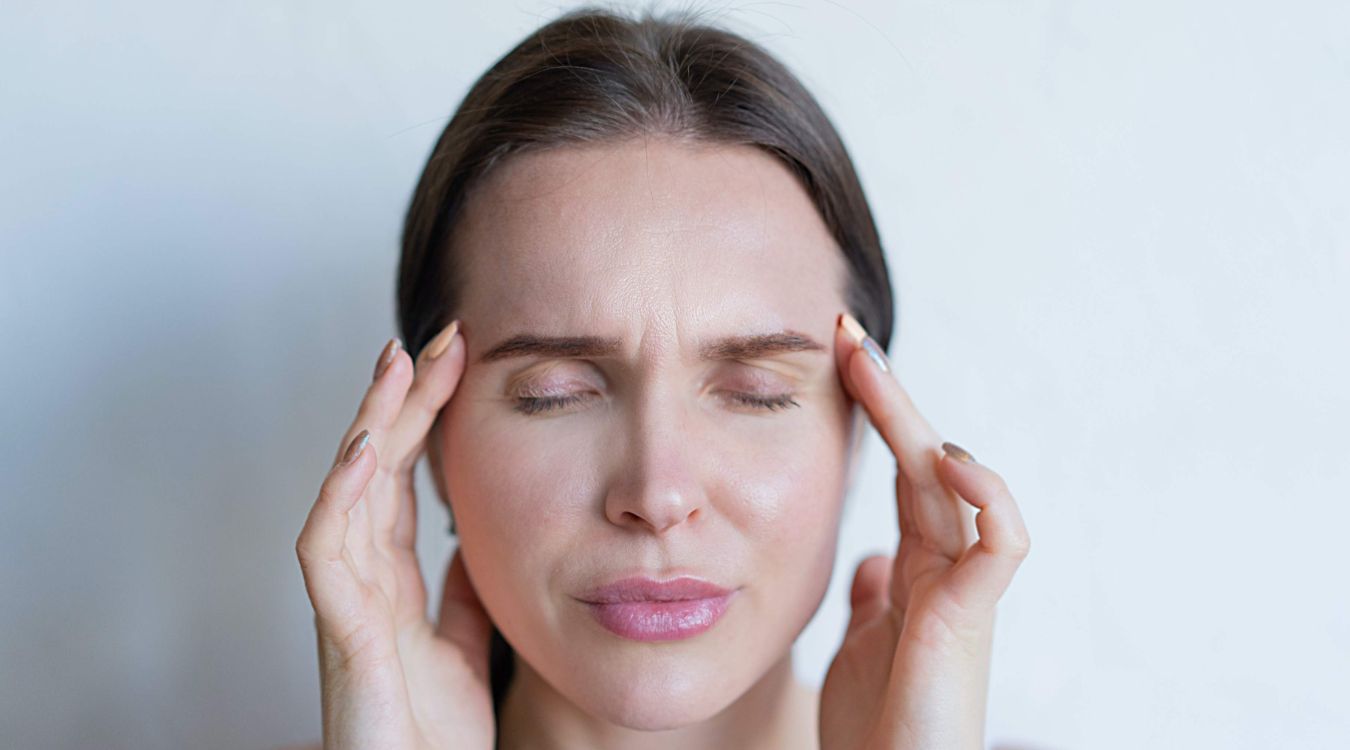
Brissaud–Sicard Syndrome might sound like a mouthful, but understanding it doesn't have to be complicated. This rare neurological condition combines facial nerve palsy with hemifacial spasm, creating a unique set of symptoms. Named after French neurologists Édouard Brissaud and Jean-Athanase Sicard, this syndrome often leaves people puzzled. How does it manifest? What causes it? Is there a treatment? These questions are common among those newly introduced to the syndrome. In this blog post, we’ll break down 30 essential facts about Brissaud–Sicard Syndrome, making it easier to grasp. Whether you're a curious student, a concerned parent, or someone seeking knowledge, this guide will provide clear, concise information.
Key Takeaways:
- Brissaud–Sicard Syndrome is a rare neurological disorder causing facial paralysis and muscle contractions. It's named after its discoverers, and research is ongoing to improve treatment and support for those affected.
- Symptoms include facial paralysis, speech difficulties, and swallowing issues. Treatment options include physical therapy, speech therapy, and medications to manage symptoms and improve quality of life. Ongoing research aims to uncover potential hereditary factors and innovative treatments.
What is Brissaud–Sicard Syndrome?
Brissaud–Sicard Syndrome, a rare neurological disorder, combines facial paralysis with involuntary muscle contractions. Named after French neurologists Édouard Brissaud and Jean-Athanase Sicard, this condition remains largely unknown to many. Let's explore some intriguing facts about this syndrome.
Historical Background
Understanding the history behind Brissaud–Sicard Syndrome provides context for its discovery and development.
- Named After Pioneers: The syndrome is named after Édouard Brissaud and Jean-Athanase Sicard, who first described it in the early 20th century.
- First Case Reported: The initial case was documented in 1908, highlighting the unique combination of symptoms.
- Early Misdiagnosis: Initially, many cases were misdiagnosed due to the rarity and complexity of the symptoms.
- Neurological Advances: The study of this syndrome contributed to advancements in neurology, particularly in understanding facial nerve disorders.
Symptoms and Diagnosis
Recognizing the symptoms is crucial for proper diagnosis and treatment.
- Facial Paralysis: One of the hallmark symptoms is facial paralysis, usually affecting one side of the face.
- Involuntary Muscle Contractions: Patients often experience involuntary muscle contractions, particularly in the face and neck.
- Speech Difficulties: Speech may be affected due to muscle weakness and paralysis.
- Swallowing Issues: Difficulty swallowing is another common symptom, complicating daily activities.
- MRI and CT Scans: Diagnosis often involves MRI and CT scans to identify abnormalities in the brain and nerves.
- Electromyography (EMG): EMG tests help assess the electrical activity of muscles, aiding in diagnosis.
Causes and Risk Factors
Exploring the causes and risk factors can shed light on why this syndrome occurs.
- Brainstem Lesions: Lesions in the brainstem are a primary cause, disrupting normal nerve function.
- Stroke: A stroke can lead to the development of Brissaud–Sicard Syndrome by damaging the brainstem.
- Tumors: Brain tumors, particularly those affecting the brainstem, can trigger the syndrome.
- Infections: Severe infections, such as encephalitis, may result in this condition.
- Trauma: Head injuries causing brainstem damage can also be a contributing factor.
- Genetic Predisposition: Although rare, some individuals may have a genetic predisposition to developing this syndrome.
Treatment Options
While there is no cure, various treatments can help manage the symptoms.
- Physical Therapy: Physical therapy can improve muscle strength and coordination.
- Speech Therapy: Speech therapy assists patients in overcoming speech difficulties.
- Medications: Medications, such as muscle relaxants, can reduce involuntary muscle contractions.
- Surgery: In severe cases, surgery may be necessary to remove tumors or relieve pressure on nerves.
- Botox Injections: Botox injections can help manage muscle contractions by temporarily paralyzing the affected muscles.
- Supportive Care: Ongoing supportive care, including nutritional support and counseling, is essential for overall well-being.
Living with Brissaud–Sicard Syndrome
Daily life with Brissaud–Sicard Syndrome presents unique challenges and requires adjustments.
- Emotional Impact: The emotional impact of living with this syndrome can be significant, necessitating psychological support.
- Social Interactions: Social interactions may be affected due to speech and facial expression difficulties.
- Adaptive Devices: Adaptive devices, such as communication aids, can enhance quality of life.
- Support Groups: Joining support groups provides a sense of community and shared experiences.
- Regular Monitoring: Regular medical check-ups are crucial to monitor progress and adjust treatments.
- Lifestyle Modifications: Lifestyle modifications, including a healthy diet and regular exercise, can improve overall health.
Research and Future Directions
Ongoing research aims to better understand and treat Brissaud–Sicard Syndrome.
- Genetic Research: Genetic research may uncover potential hereditary factors and lead to targeted therapies.
- Innovative Treatments: Advances in medical technology and treatments hold promise for more effective management of symptoms in the future.
Final Thoughts on Brissaud–Sicard Syndrome
Brissaud–Sicard Syndrome, though rare, offers a fascinating glimpse into the complexities of neurological disorders. Understanding its symptoms, causes, and treatment options can help those affected and their caregivers navigate this challenging condition. Knowledge is power, and being informed about the syndrome can lead to better management and improved quality of life.
If you or someone you know is dealing with Brissaud–Sicard Syndrome, consulting a healthcare professional is crucial. Early diagnosis and appropriate treatment can make a significant difference. Stay curious, stay informed, and never hesitate to seek medical advice when needed.
Thanks for joining us on this journey through the facts about Brissaud–Sicard Syndrome. We hope this information has been helpful and enlightening. Keep exploring the world of medical knowledge, and remember, every fact learned is a step toward better health.
Frequently Asked Questions
Was this page helpful?
Our commitment to delivering trustworthy and engaging content is at the heart of what we do. Each fact on our site is contributed by real users like you, bringing a wealth of diverse insights and information. To ensure the highest standards of accuracy and reliability, our dedicated editors meticulously review each submission. This process guarantees that the facts we share are not only fascinating but also credible. Trust in our commitment to quality and authenticity as you explore and learn with us.
